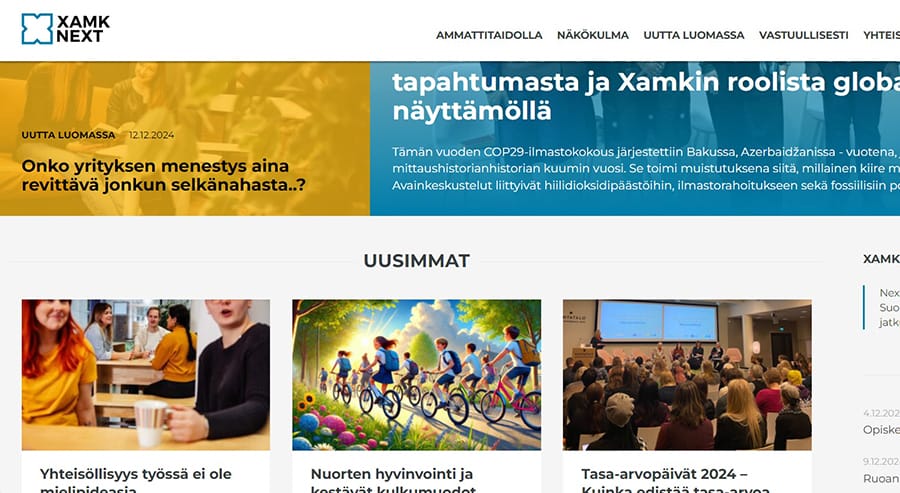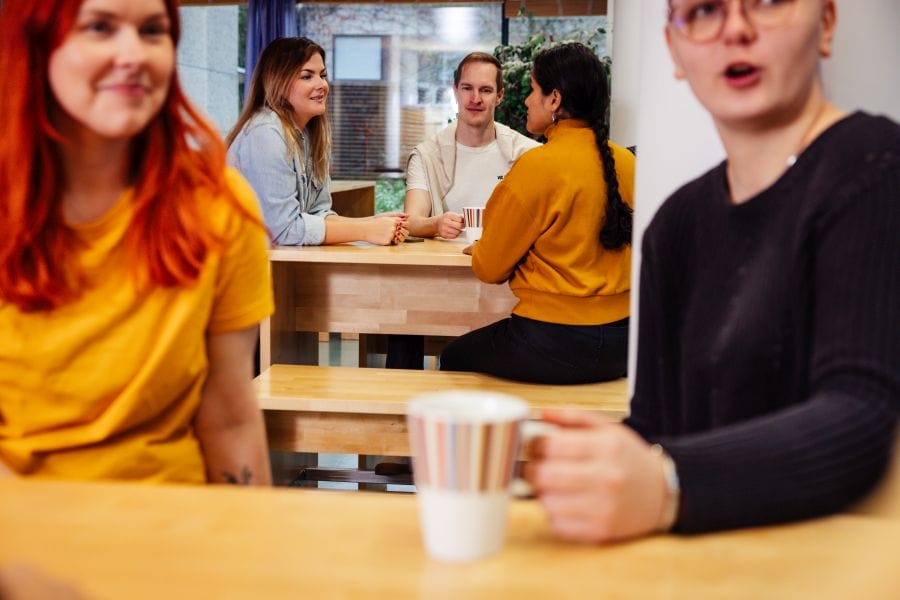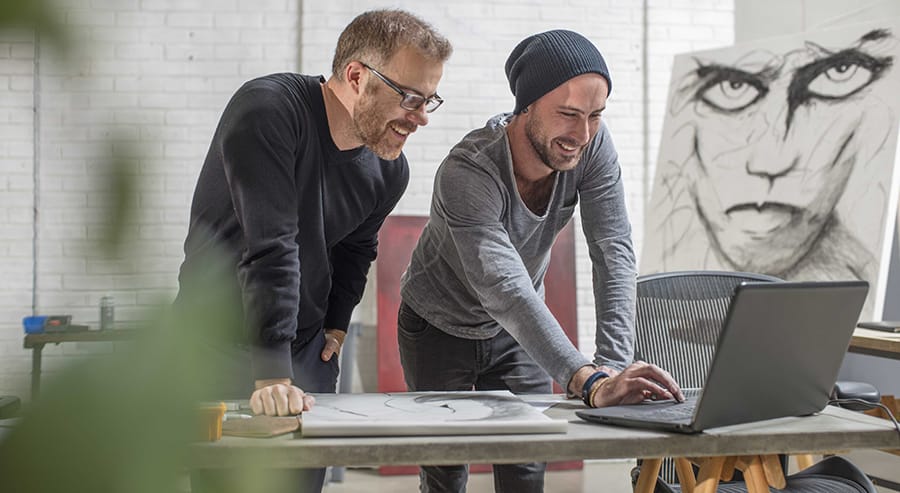Can Art and Business Collaboration be the New Normal?
These organizations act as the intermediary between art and business, aiming to bring wider attention to culture. Art by nature can have a much wider and deeper meaning, allowing us to reach very deep, even existential questions about life, and being human.
Artists and traditional businesses speak different languages
There are still challenges in communicating what art in organizations is really about. Artists and traditional businesses speak different languages, and explaining the potential role of art in organizational development is challenging. The skills and role of intermediators needs to be promoted. Intermediates can connect the two parties that have a will to collaborate.
The Covid-19 crisis has opened possibilities for finding new ways to come together, but it has also brought challenges and the need to move more online.
New businesses and organizations are worried about not having any community links. Therefore, these organizations come up with schemes to encourage creating links with local community organizations. They find businesses to collaborate with through networking events and existing relationships.
The organizations listed artists’ the main challenges to be business skills and useful networks. The practical knowledge about how to make a living from their art and not being able to make connections list as major issues.
Other challenges include keeping up with technology, social media, trends and governmental and educational policies and regulations. Many artists are missing these important skills and the credibility. Business world and the arts world speak different languages so intermediaries are the answer to some of these challenges.
Culture-based creativity has many layers of information, which can be an endless source of inspiration in cross-sectoral interaction. The role of artists is now more engaged in society. It requires adapting to different languages and perspectives, collaborating with different disciplines and calling the value the businesses can produce beyond profit.
By being active within multi-professional collaborations, artists can provide their own expertise to different goal-oriented processes. Intermediary organizations can provide artists with networks and experts to help them.
Re-thinking the role of artists in society requires creativity and an open mind
The role of arts and businesses has changed in the past few decades. The necessity for arts and culture has become more essential, forcing cultural organizations to look for new forms of collaboration in societies.
Re-thinking the role of artists in society requires creativity and an open mind. Understanding the possibilities of art in different sectors or looking at artists like journalists who can help make visible and understand the world around us demands coming out of our silos. Arts and artists need to be enabled to solve societal challenges and co-create solutions as a natural and positive force of the society.
In the last two decades, there has been development: Businesses are increasingly seeing value in collaboration with artists for a range of reasons, such as art improves their staff’s health and wellbeing. Businesses also see the value in showing their commitments to working with local artists.
Applied arts used to be strongly seen as subordinate to “real” art. The use of art in the health-sector has taken enormous steps on grass-root level. Much remains to be done as can be seen in funding instruments, where funding is still much focused on traditional arts. Artists should have diversified income streams, from both commercial work and public funding.
Arts and business collaboration can be the new normal
To overcome future challenges, businesses need to become a more aware political and societal actor. Artists have to lead the change and design new drivers for organizations.
Additionally, governances need to become more interdisciplinary and open to immaterial and nonprofit-oriented competences. Art education should always be tailored to the needs of the target audience and it needs to be a part of education in its whole.
The future milestones for art and business partnerships could be improving cross-sectoral collaboration, sharing a common language and art and business collaboration becoming the new normal.
The role of arts and business is ever changing and strongly intertwined with changes in society. Arts and business can spark necessary local and global conversations and that is why business and art can work together really well.
“Making money is art. And working is art. And good business is the best art.” – Andy Warhol
This article is a summary based on five interviews done in arts & business organizations across Europe, as part of the Creative Soft Skills – Erasmus+ project in the summer of 2020.
Link to Project website blog: Interview with Arts & Business Organizations: About the Organizations – XAMK




